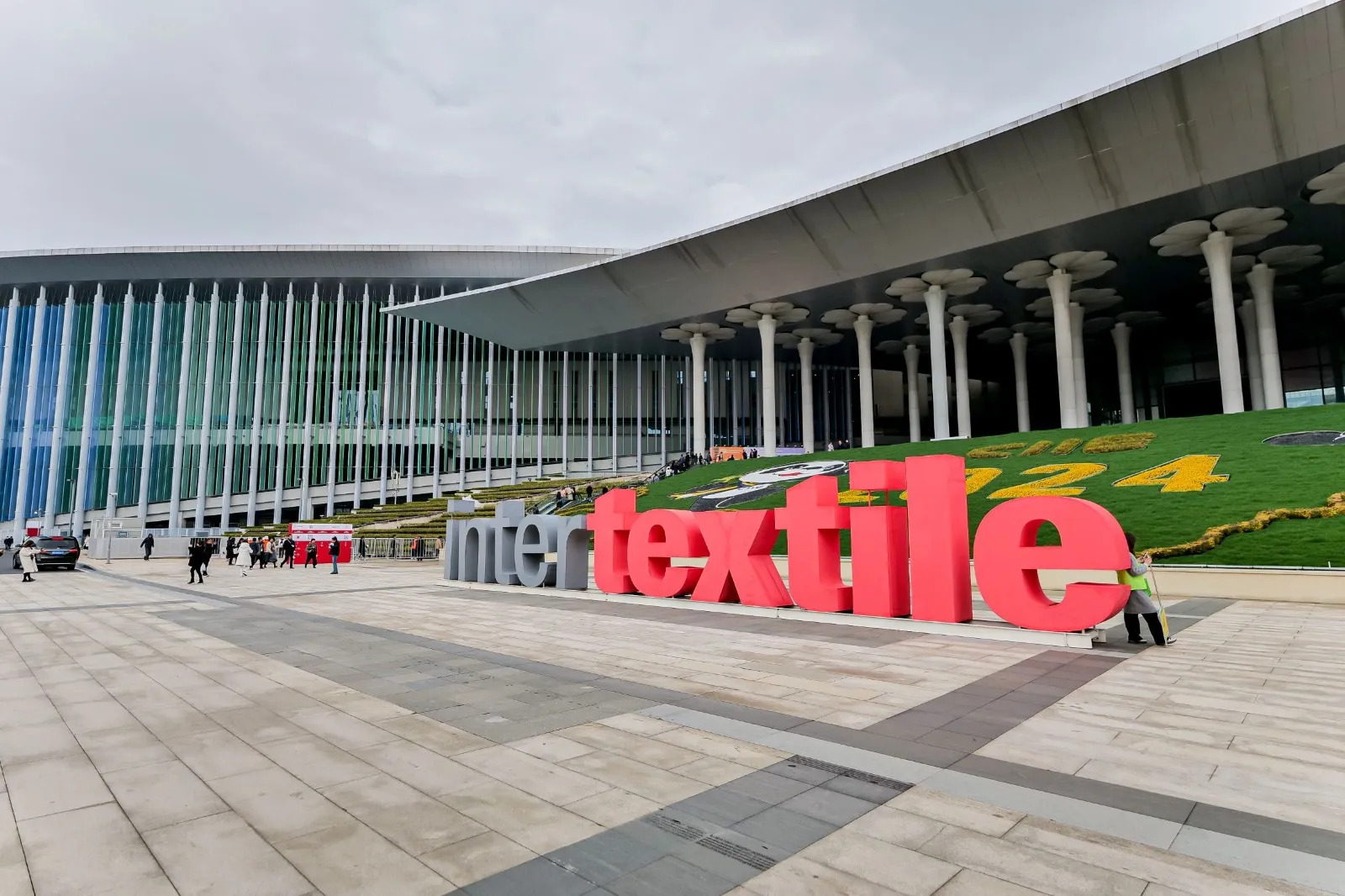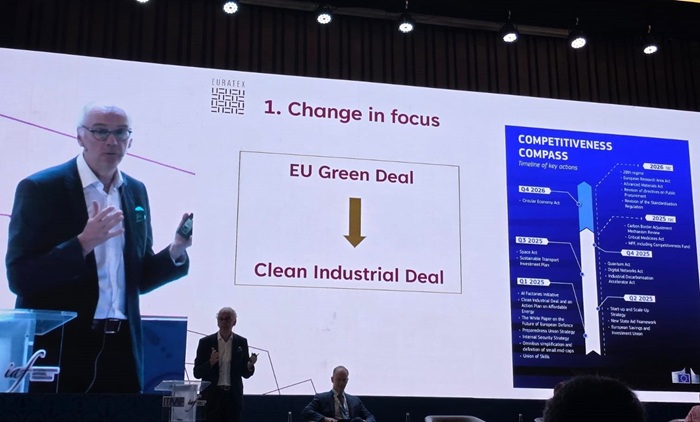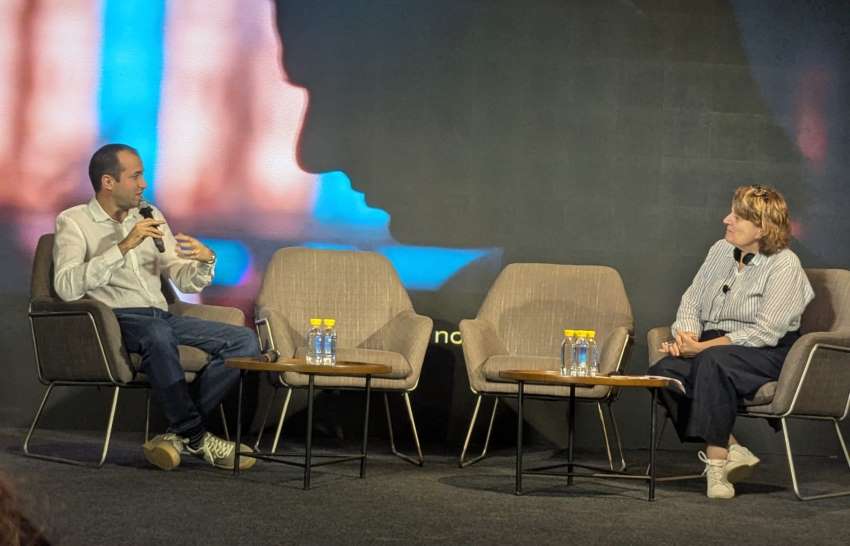The global apparel industry is a complex web of production, consumption, and trade, with Bangladesh playing an important role as a major manufacturing hub. However, the industry faces challenges, demand drip due to economic slowdown, rising labor costs, environmental concerns, and the need for greater diversification. Therefore, a partnership between India and Bangladesh, termed ‘Bangladesh+1’, holds immense potential to reshape the regional and global apparel sector.
Bangladesh's RMG sector challenges
Bangladesh's ready-made garment (RMG) industry is its economies backbone. The sector has seen remarkable growth over the past few decades. However, this success is not without challenges. The industry faces issues such as over-reliance on RMG that makes the economy vulnerable to fluctuations in global demand and competition. Concerns about worker safety, wages, and working conditions persist. Falling demand in key export markets like Europe and the US has led to lower orders this has a direct impact on Bangladesh's export earnings. Domestic inflation is also putting pressure on wages, and worker unrest is a recurring concern. Frequent power outages and rising energy costs are disrupting production and increasing operational expenses. The political dynamics also create uncertainty for businesses, affecting investment decisions.
India's strengths in raw materials, manufacturing
India on the other hand has a robust textile and apparel sector with strengths in raw materials, as India is a major producer of cotton, yarn, and fabrics, providing crucial inputs for Bangladesh's garment industry. This is a significant advantage, as Bangladesh relies heavily on imported raw materials. India has a well-established textile manufacturing base, with expertise in spinning, weaving, and processing. And India has a pool of skilled professionals in the textile and apparel sector.
The Bangladesh+1 partnership, win-win for both
A strategic partnership between India and Bangladesh can create a win-win situation for both countries. India can support Bangladesh's garment industry by supplying raw materials of high-quality. India can also collaborate with Bangladesh to improve manufacturing processes, enhance productivity, and adopt sustainable practices. Joint initiatives can focus on developing new technologies and promoting innovation in the textile and apparel sector. Closer cooperation can reduce trade barriers and encourage greater investment flows between the two countries.
Regional cooperation in the textile and apparel sector offers several benefits. By leveraging each other's strengths, India and Bangladesh can enhance their competitiveness in the global market. Collaboration can lead to greater efficiency in production, logistics, and supply chain management. Joint efforts can focus on promoting sustainable practices and reducing the environmental impact of the industry. Also, cooperation in the textile and apparel sector can contribute to broader regional integration and economic development.
The challenges facing Bangladesh's RMG sector present a unique opportunity for India. By acting as a reliable partner and simultaneously leveraging government support and schemes to strengthen its own manufacturing capabilities India can support its neighbor and significantly boost its own apparel industry. This could be a catalyst for deeper regional integration, increased raw material exports, a stronger ‘Make in India’ initiative.












